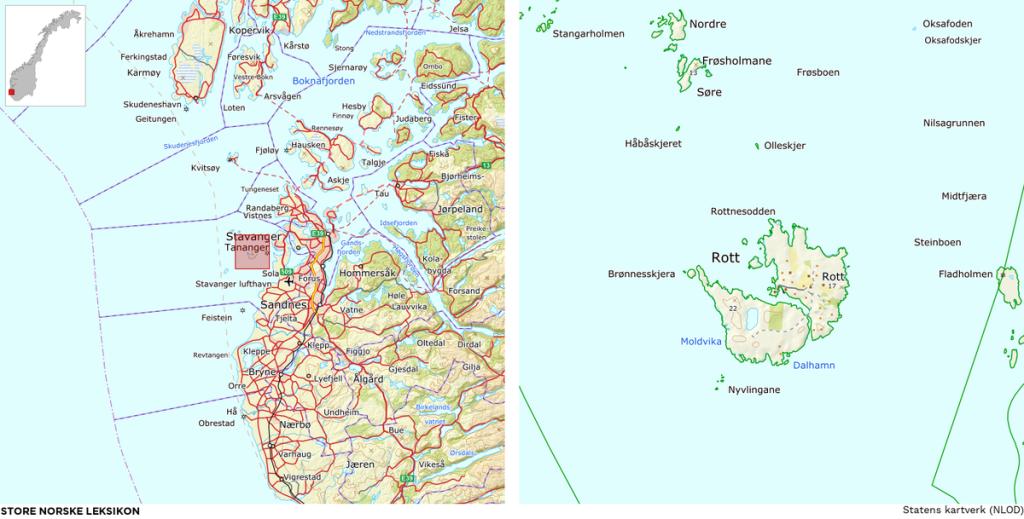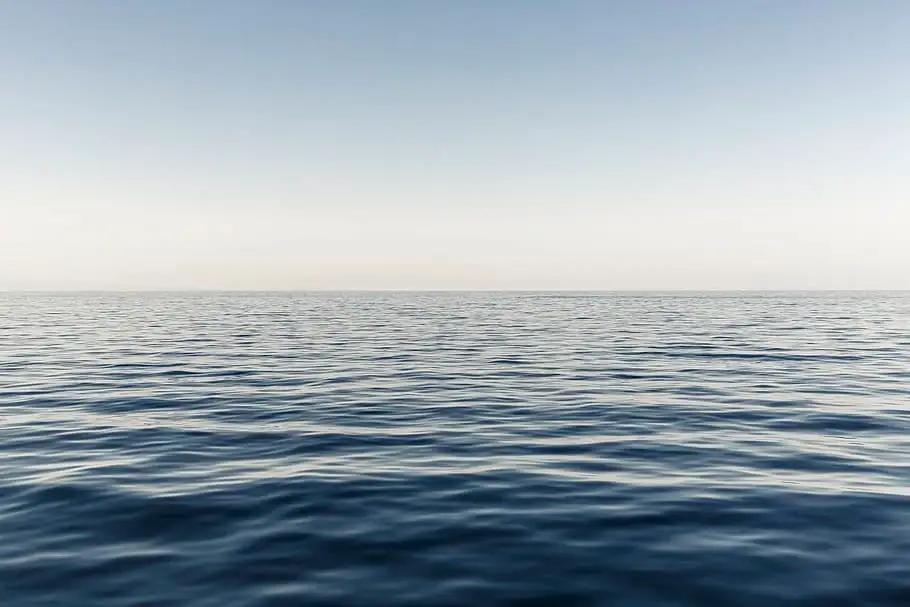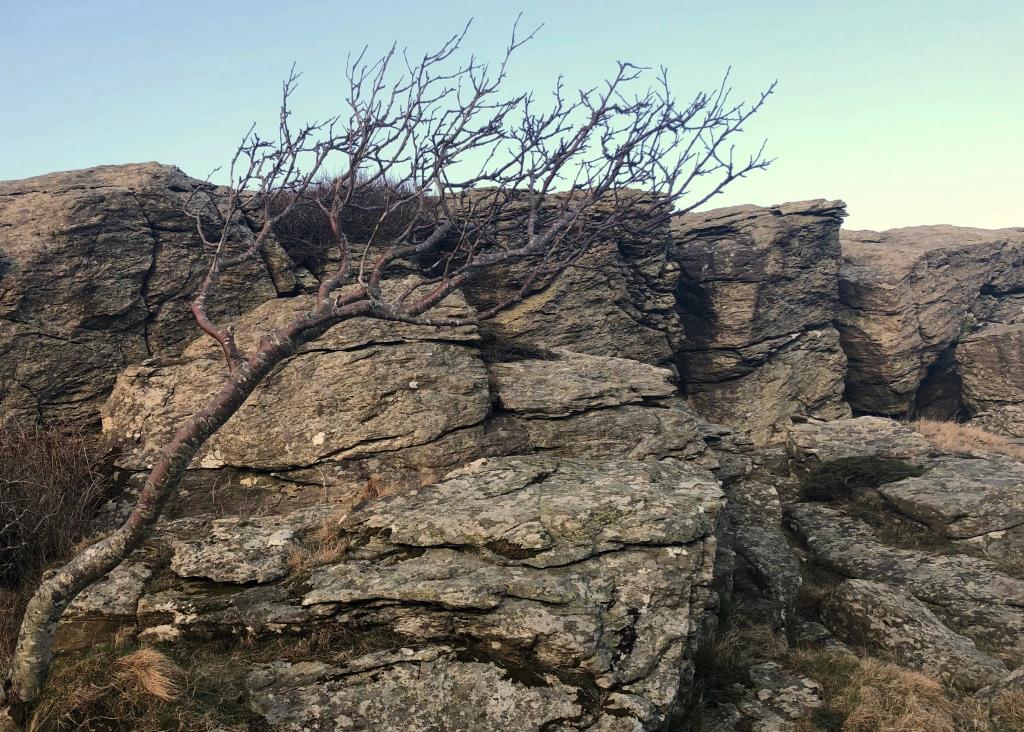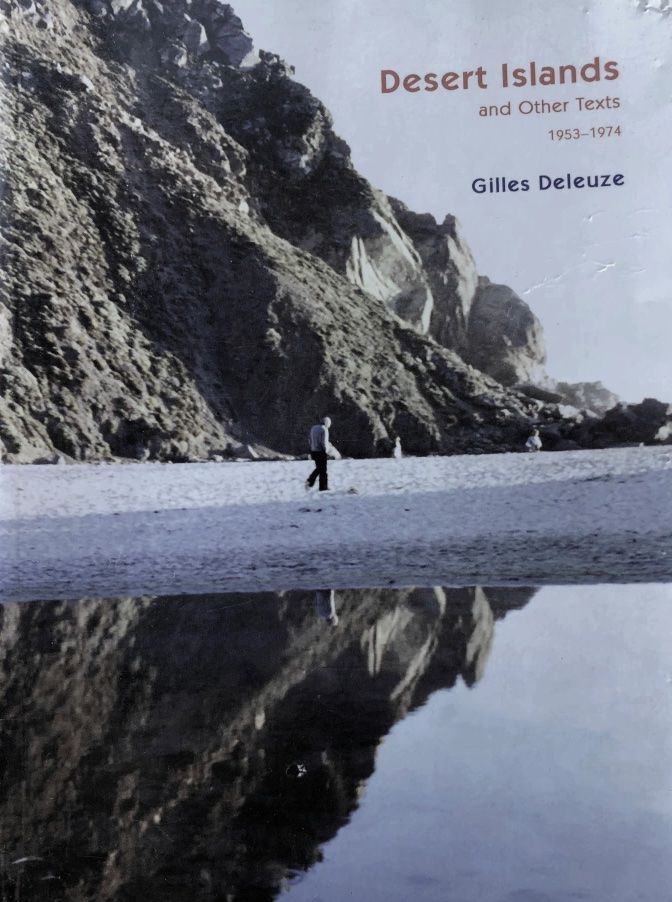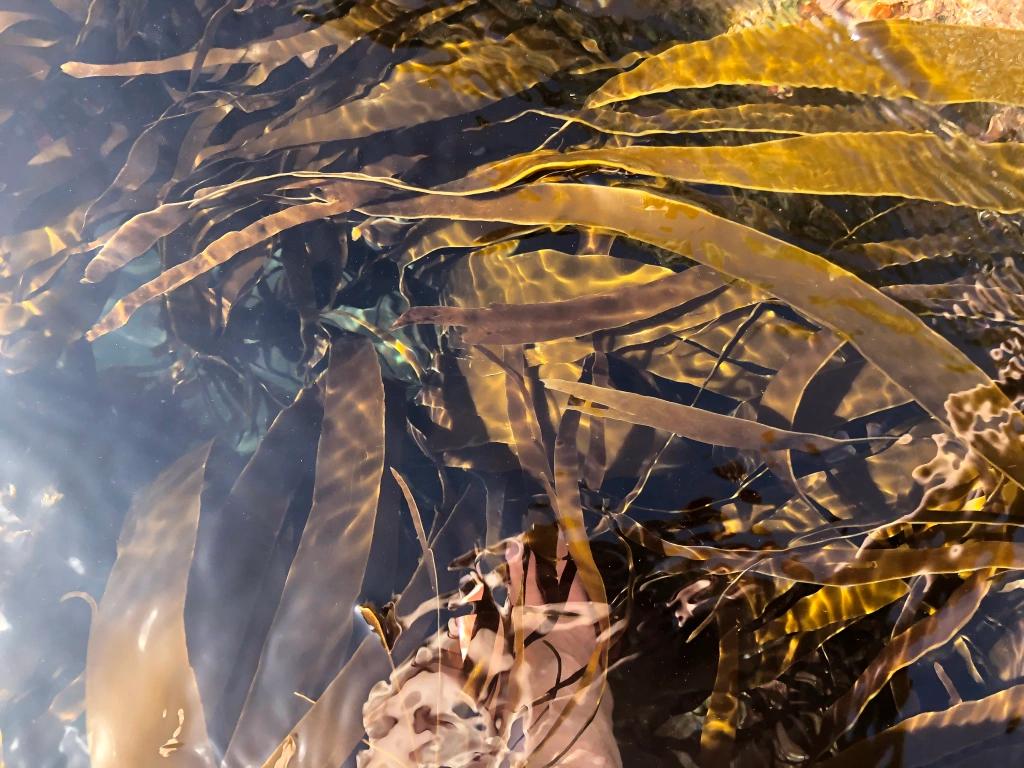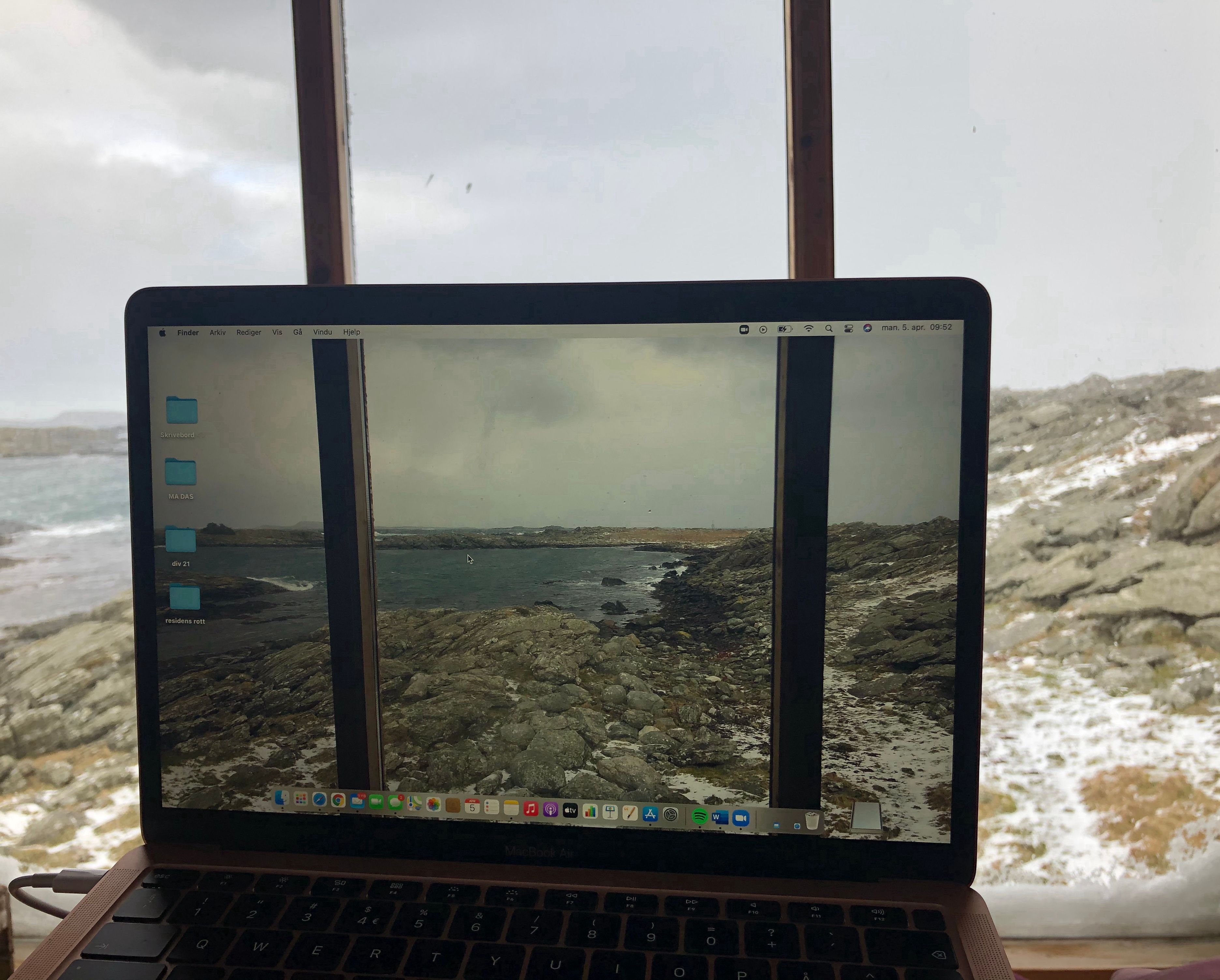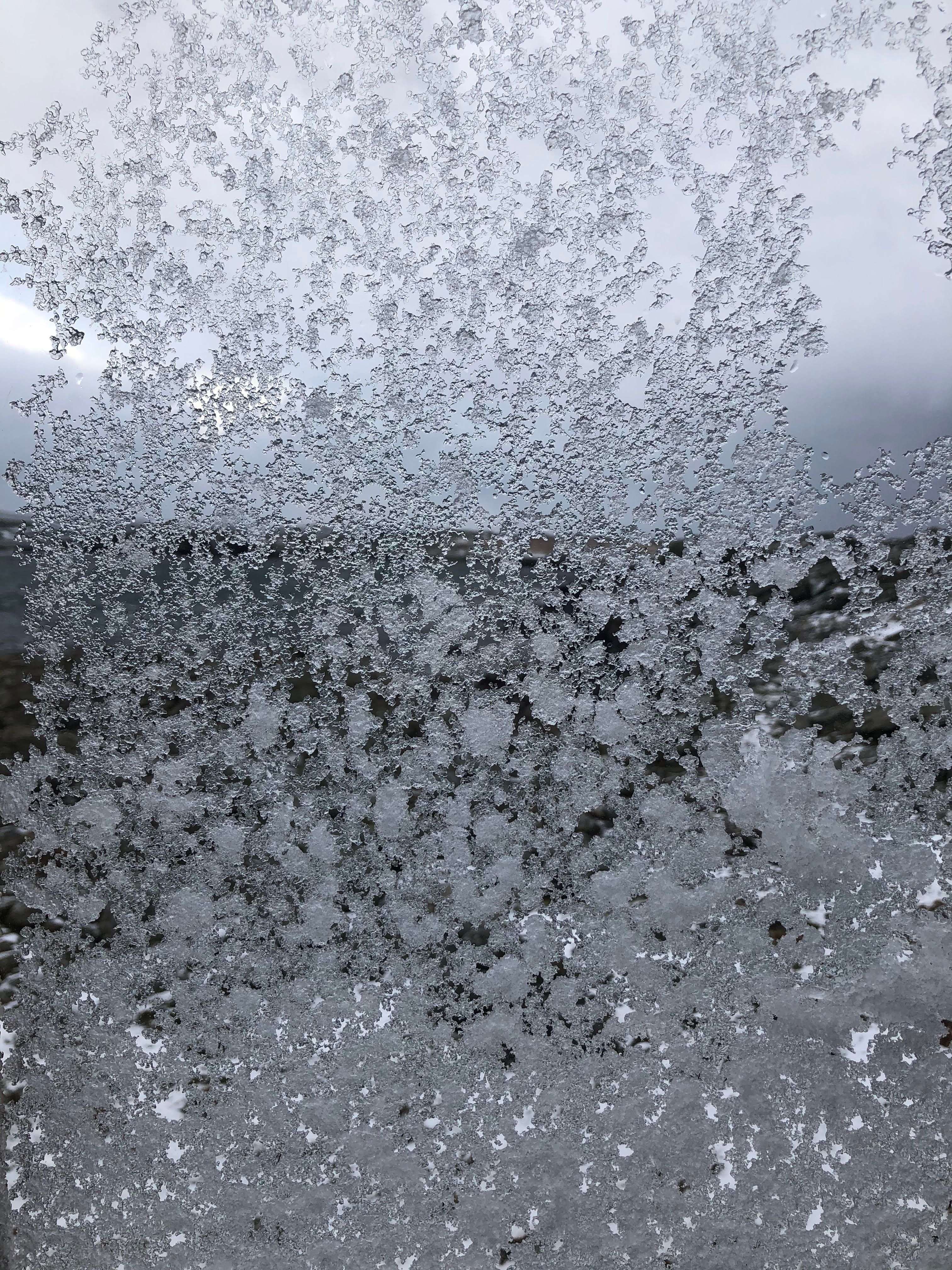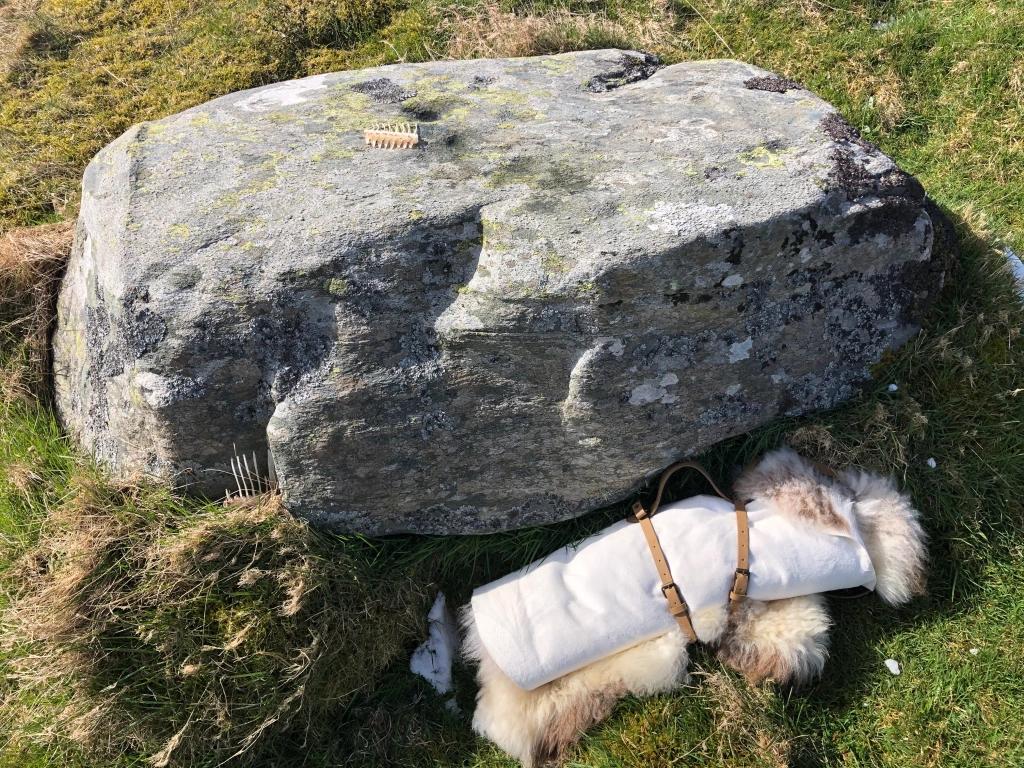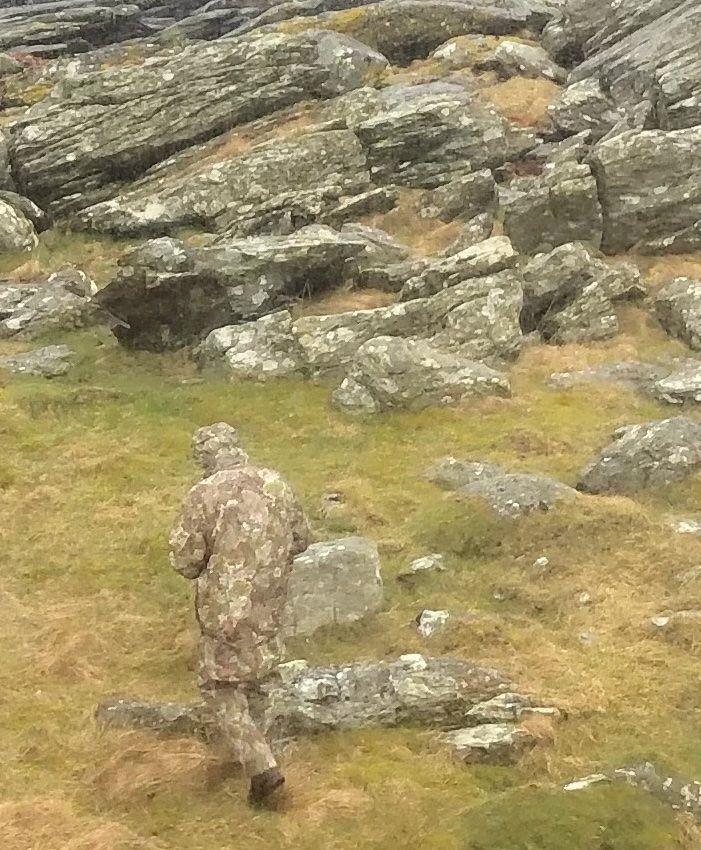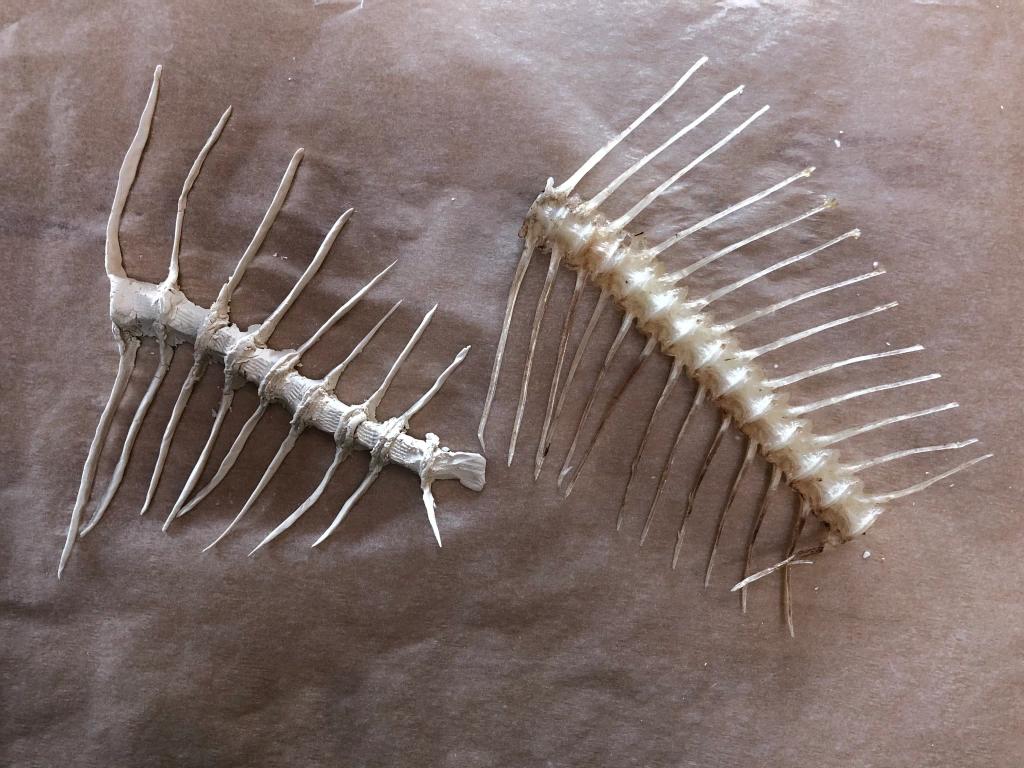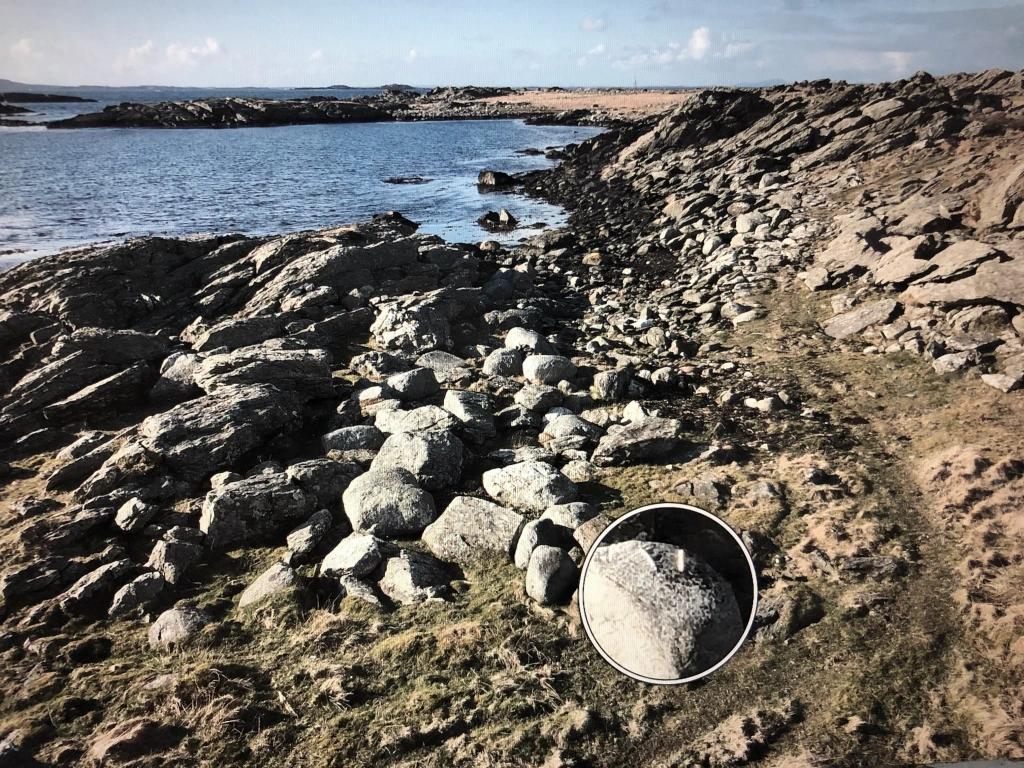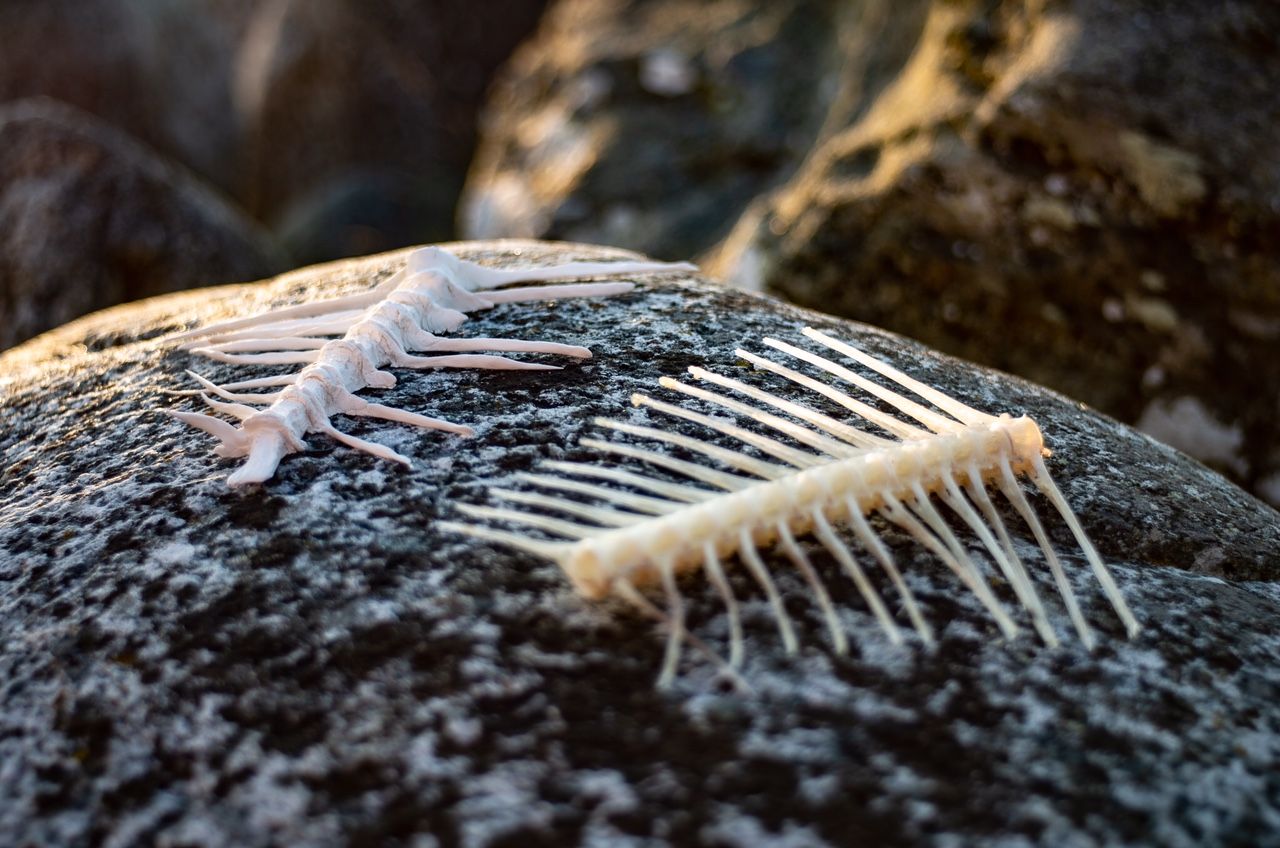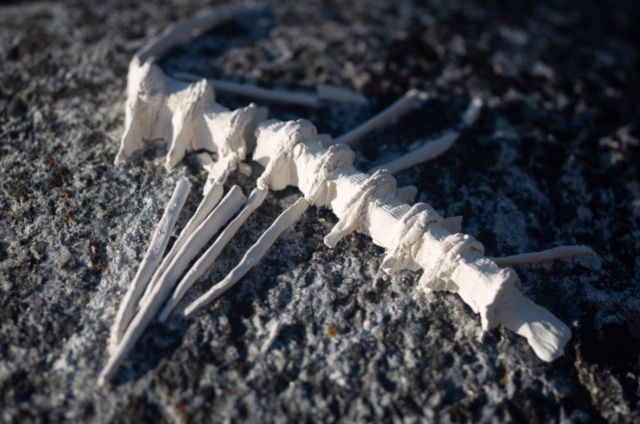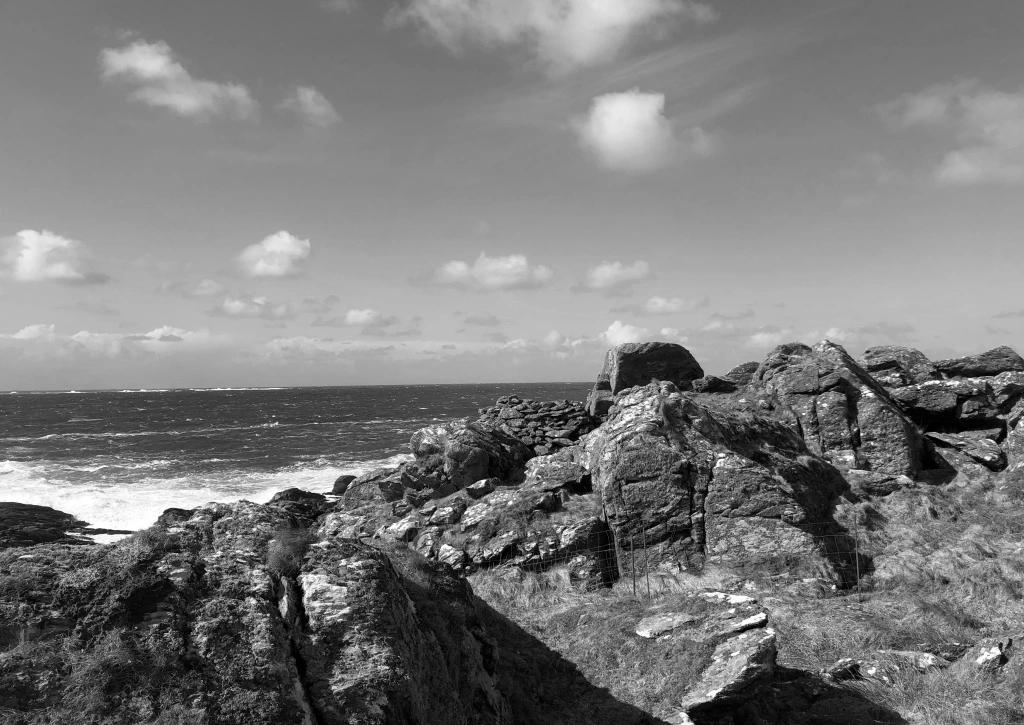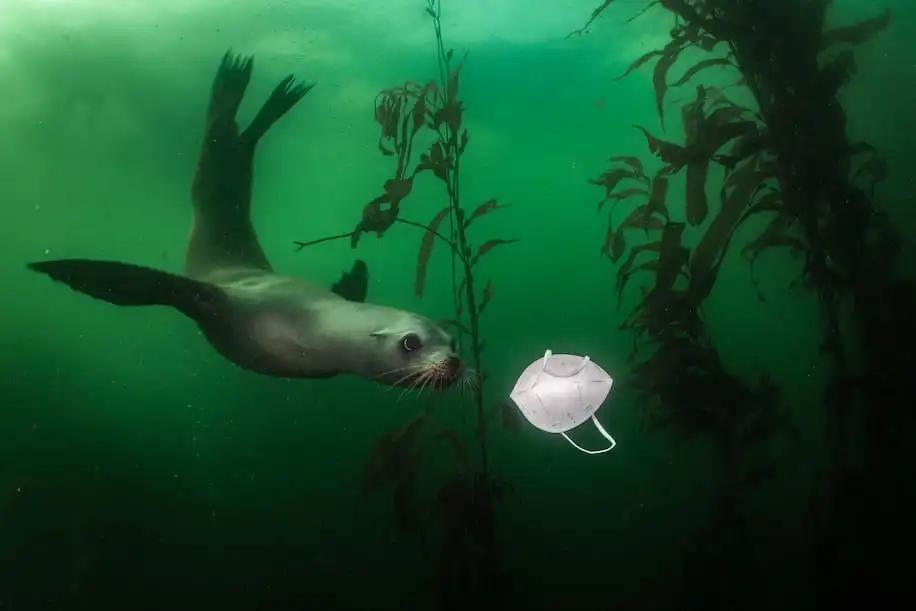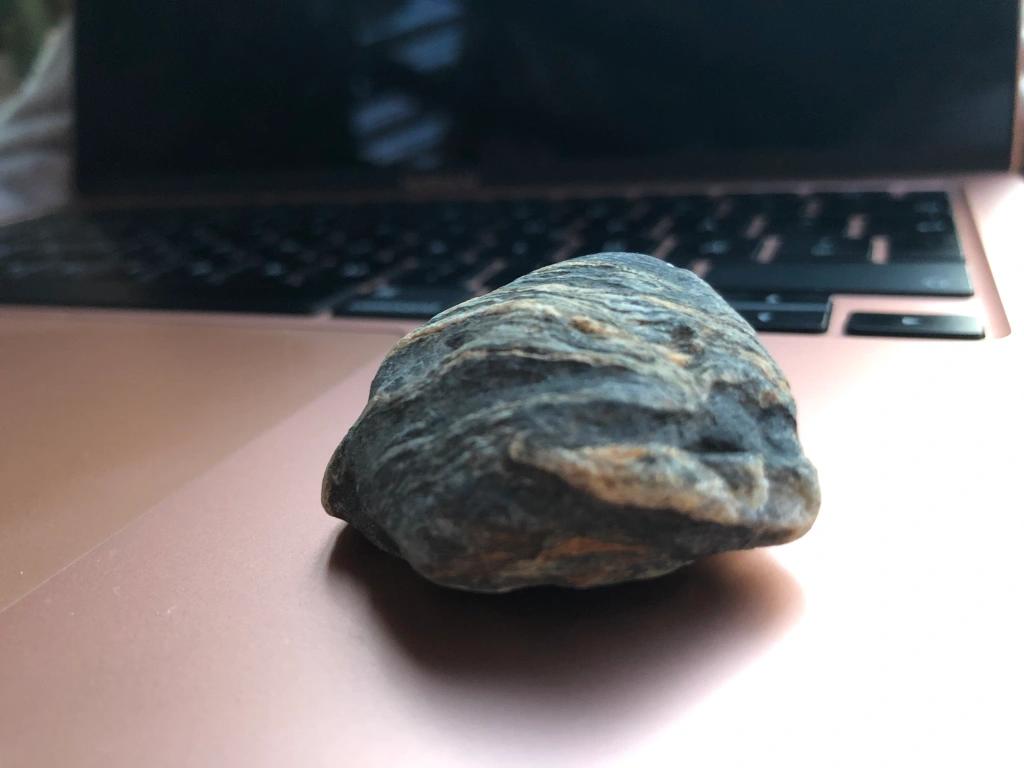DAY EIGHT: KALEIDOSCOPIC DIALOGUE
Gilles Deleuze is into flux and co-wrote “Dialogues” with Claire Parnet to emphasize the interest. The interest of co-writing, co-actions and fluid borders feels relevant, and I collect quotes and assemble layers searching for inter- and intratextual possibilities.
"When you work, you are necessarily in absolute solitude. But it is an extremely populous solitude. Populated not only with dreams, phantasms or plans, but with encounters. An encounter is perhaps the same thing as a becoming. It is from the depth of this solitude that you should make encounter.” (Pg. 6)
“In reality writing does not have its end in itself, precisely because life is not an end. Or rather, the aim of writing is to renounce any claim to territory. To write has no other function: to be a flux which combines with other fluxes – all the minority –becoming of the world.” (Pg. 50)
“Moving at each movement; not changing, but moving in entirety with the aid of a gesture, of a word, of a vocal sound, like a kaleidoscope forming new combinations every time.” (Pg. 16)
Performance writing exercise Nr 8: Choose a book on the basis of its title. Carefully select sentences and assemble anew. Then choose one word only and look for a visual representation in your surroundings. Perform the word.
PS: In my case I chose the word kaleidoscope, represented by snow on a window performing a kaleidoscopic view and dialogue between solid glass and liquid snow. I performed the observation by dancing contrasting hard and soft movements.


